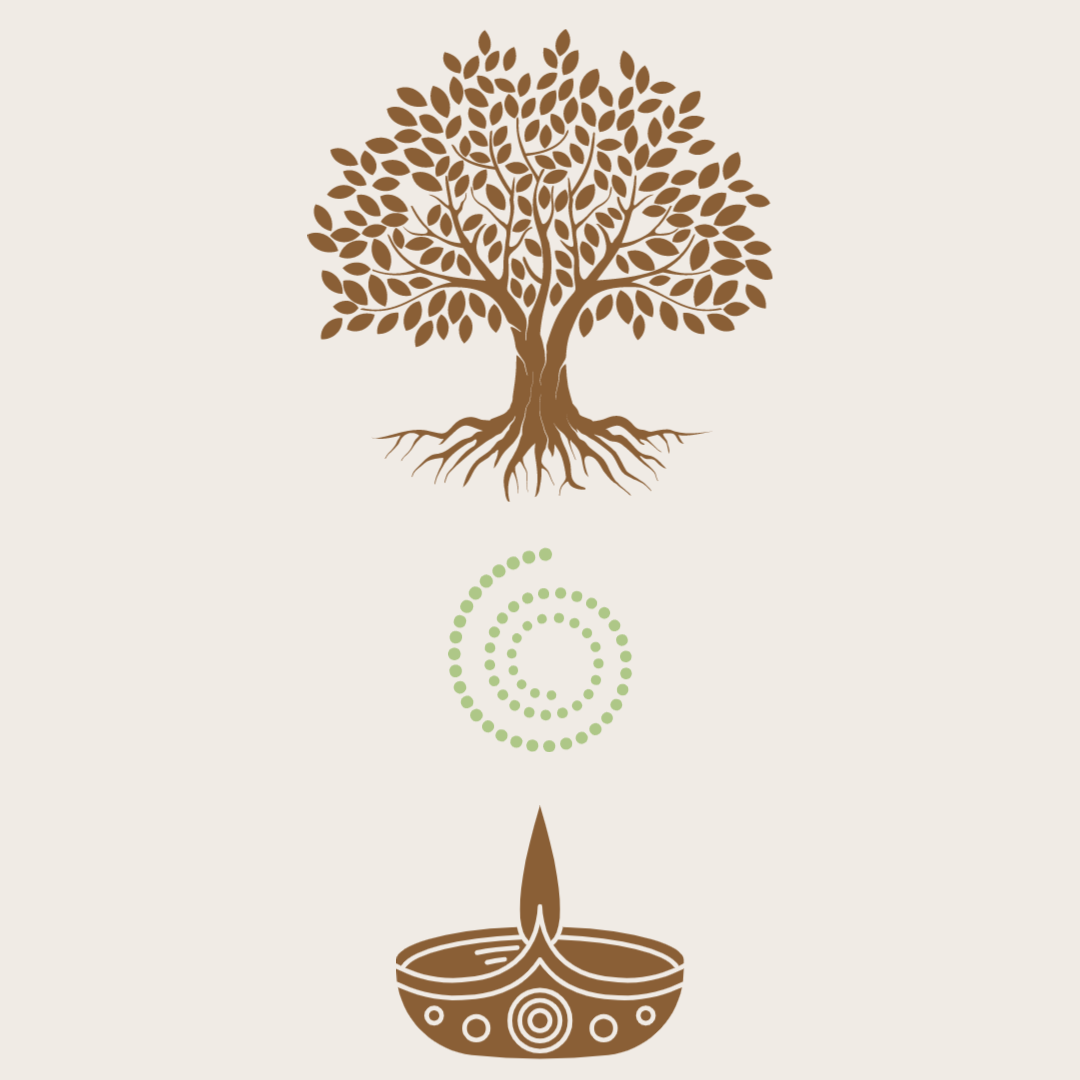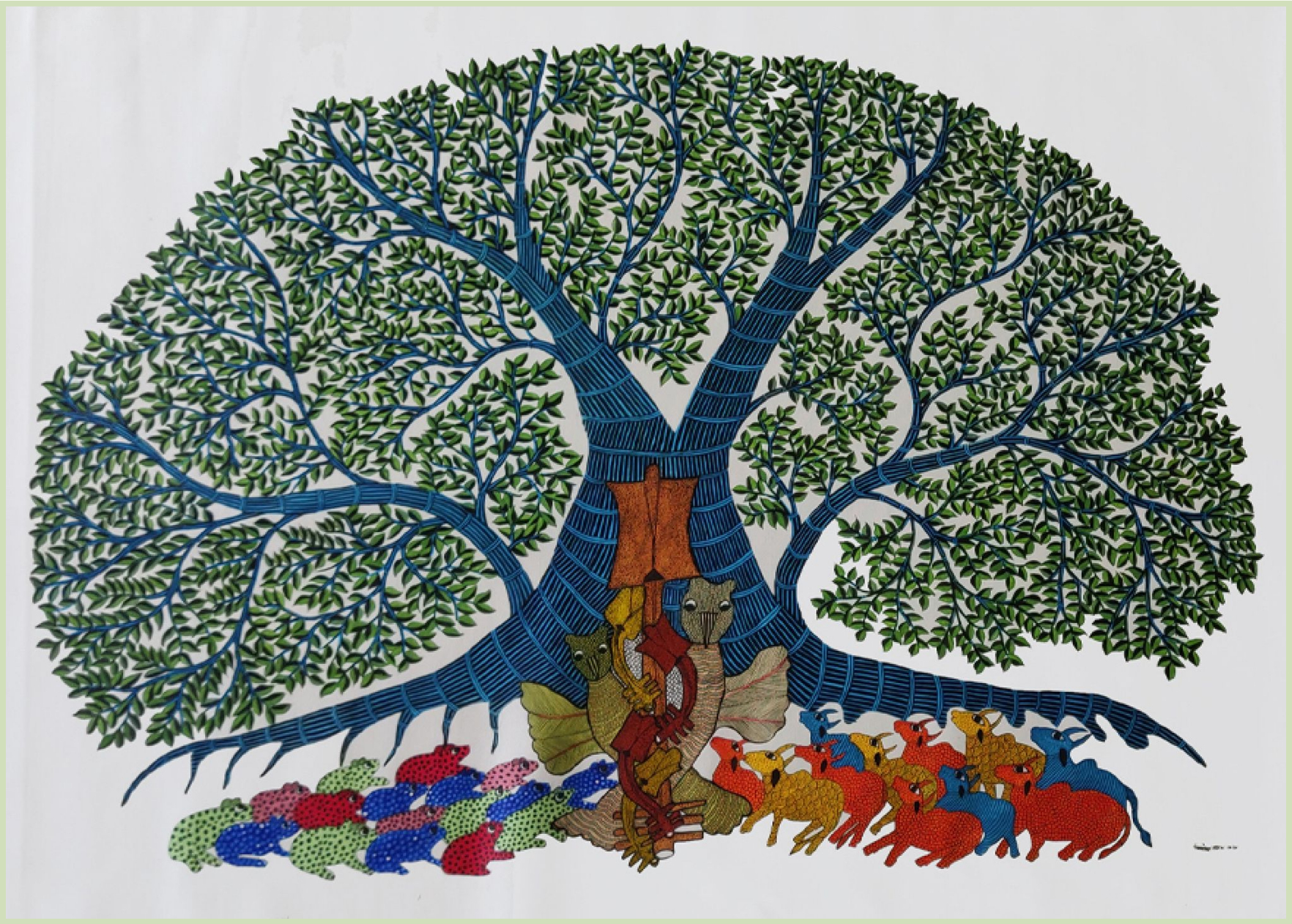Dream mapping or dreamwork is a commonly accepted term that describes the exploration, investigation, and analysis of dreams. It is the process of exploring and analyzing the content of dreams with the intention to recognize and uncover patterns, symbols, and themes within them.
While dream mapping is used as an approach in psychotherapy, it also has a long and significant history in many cultures. Dream mapping is used to gain more self-awareness, improve creativity, for problem-solving, for individual growth & development, and overall wellness as well as gain insights into one’s subconscious mind. My dreamwork approach is based on Jungian theory and draws upon several other methods like Gestalt, Ullman method, and others.
A key principle in dream mapping is that the meaning of a dream is unique to the dreamer. This principle is central to my dreamwork practice- to honor the dream as well as the dreamer.
By offering creative and structured exercises as well as guiding the dreamer to bring attention to the various elements of a dream, such as the characters, settings, objects, and emotions experienced during the dream, I support you in engaging and learning from the teacher- the dream itself.
Dream mapping or dreamwork is often used as a tool for reflection in psychotherapy although dreamwork in my practice will not be a substitute for psychotherapy or other professional treatments.






